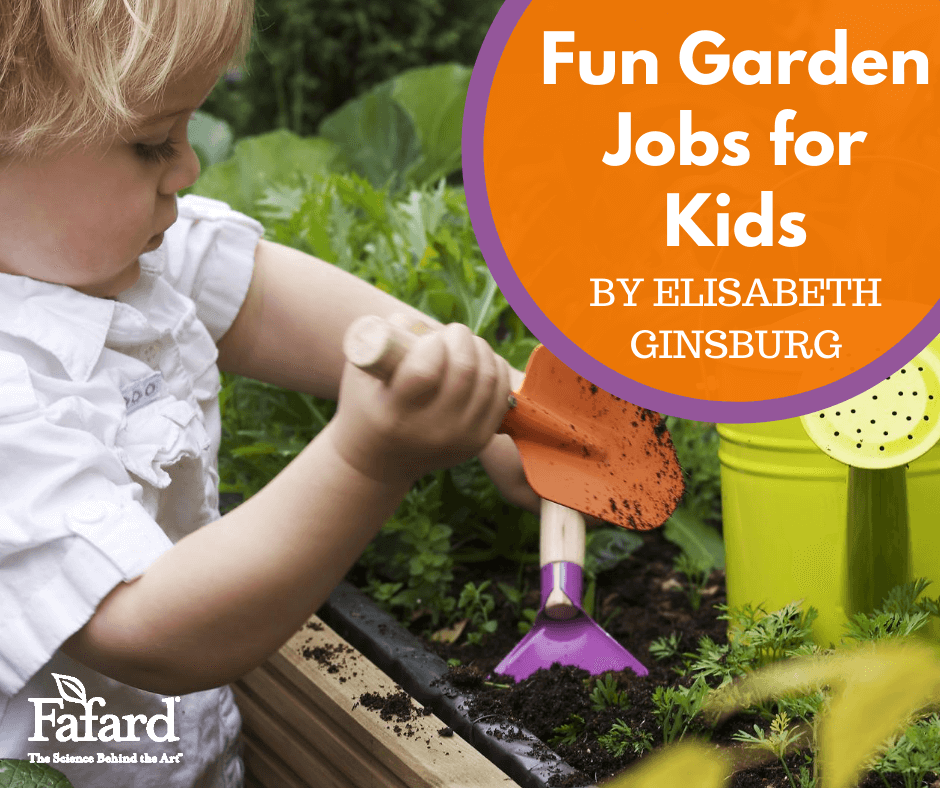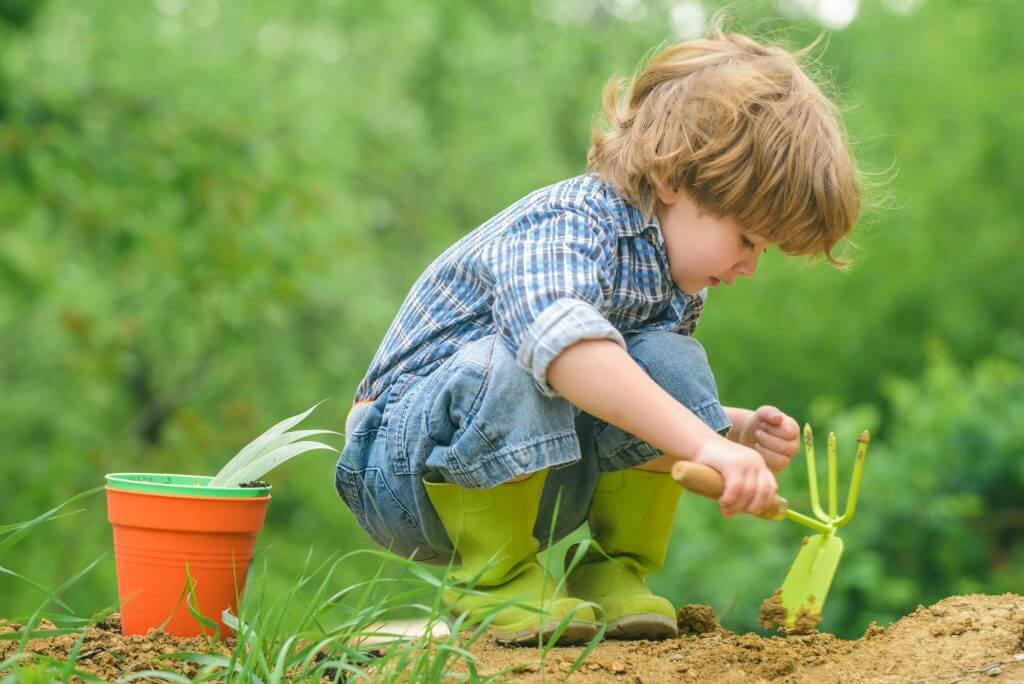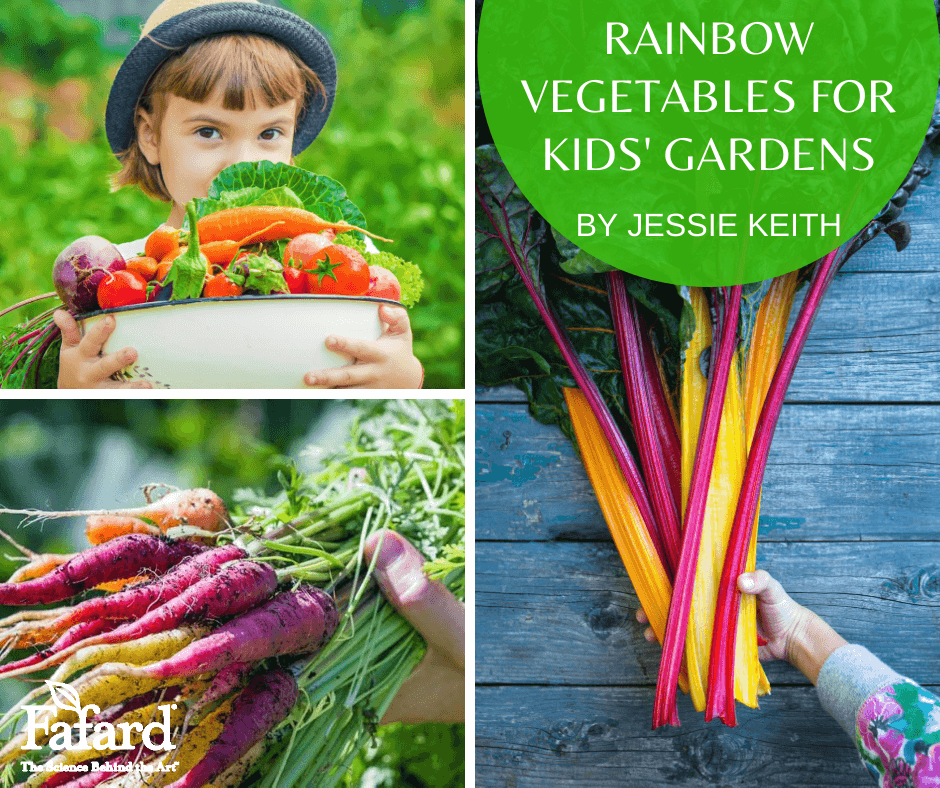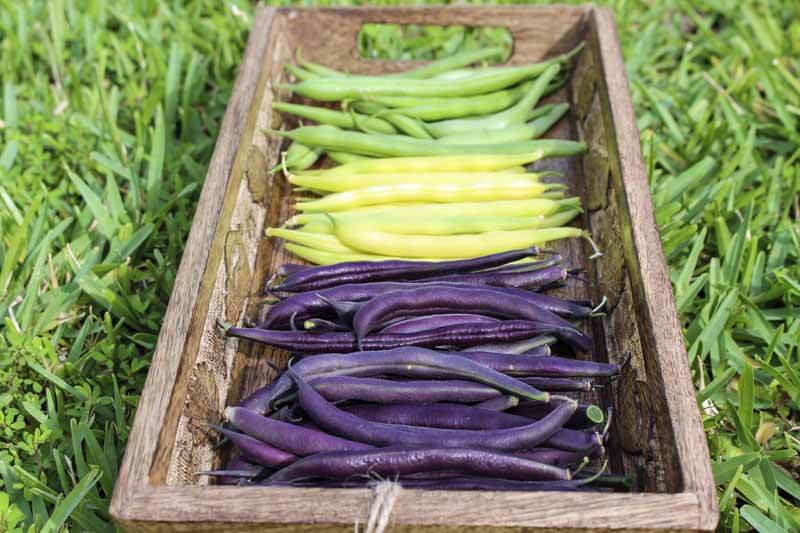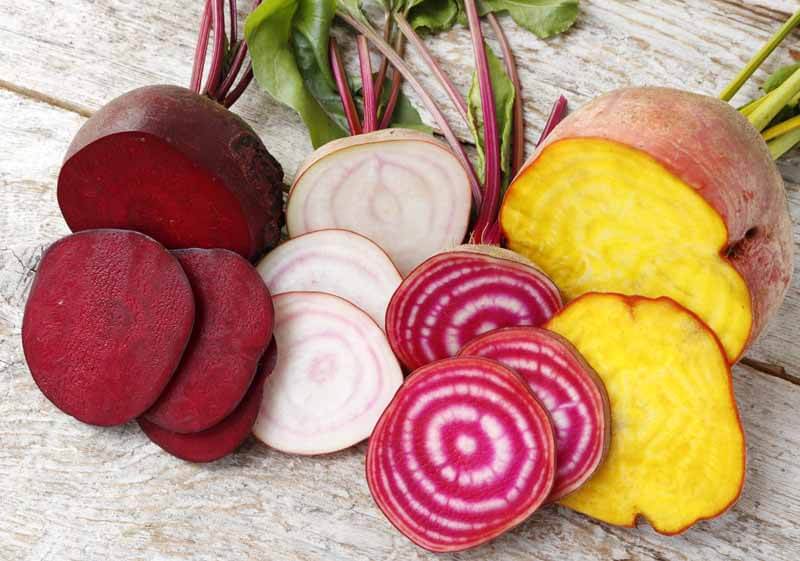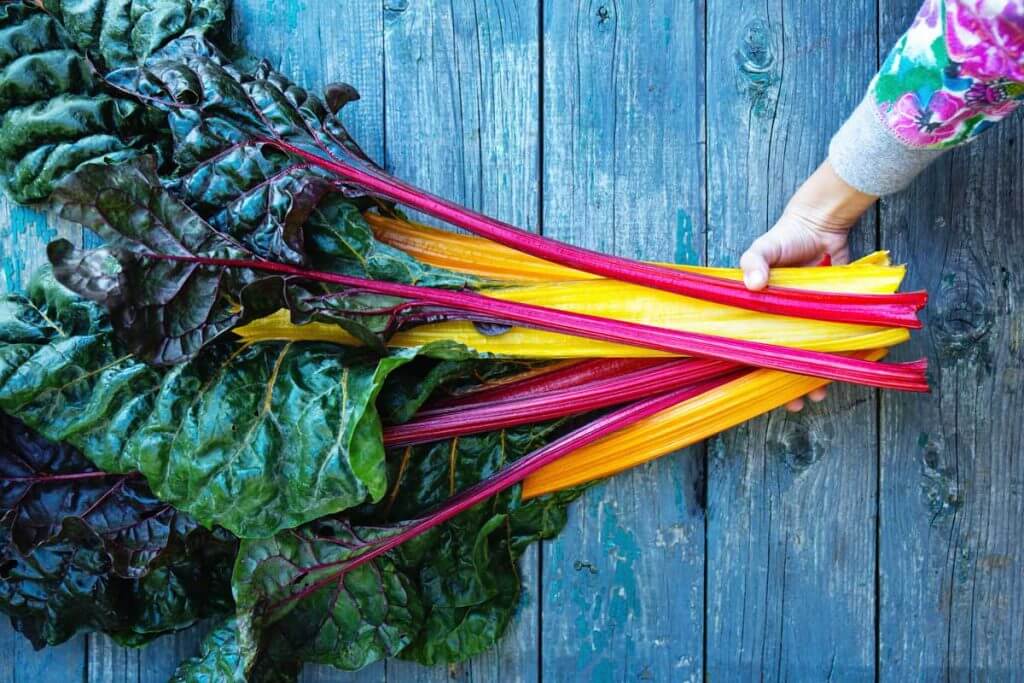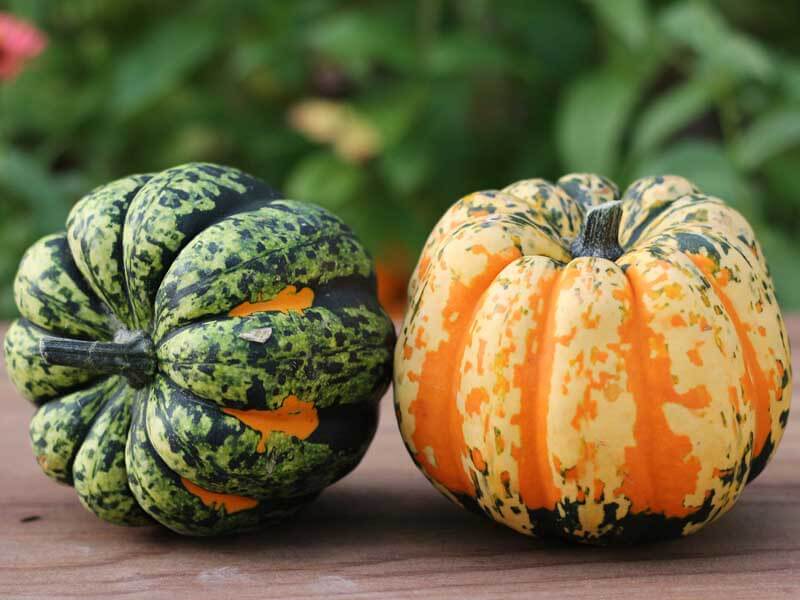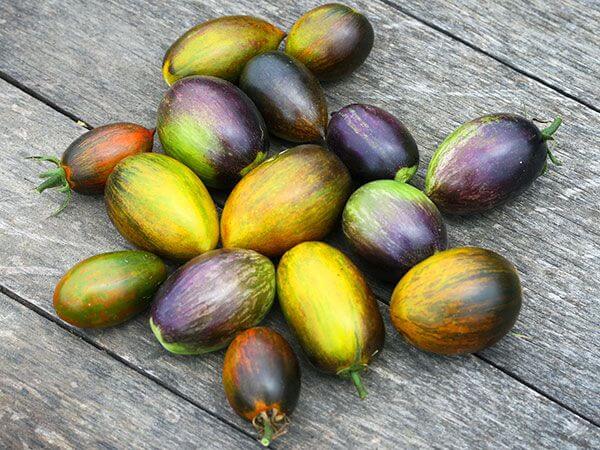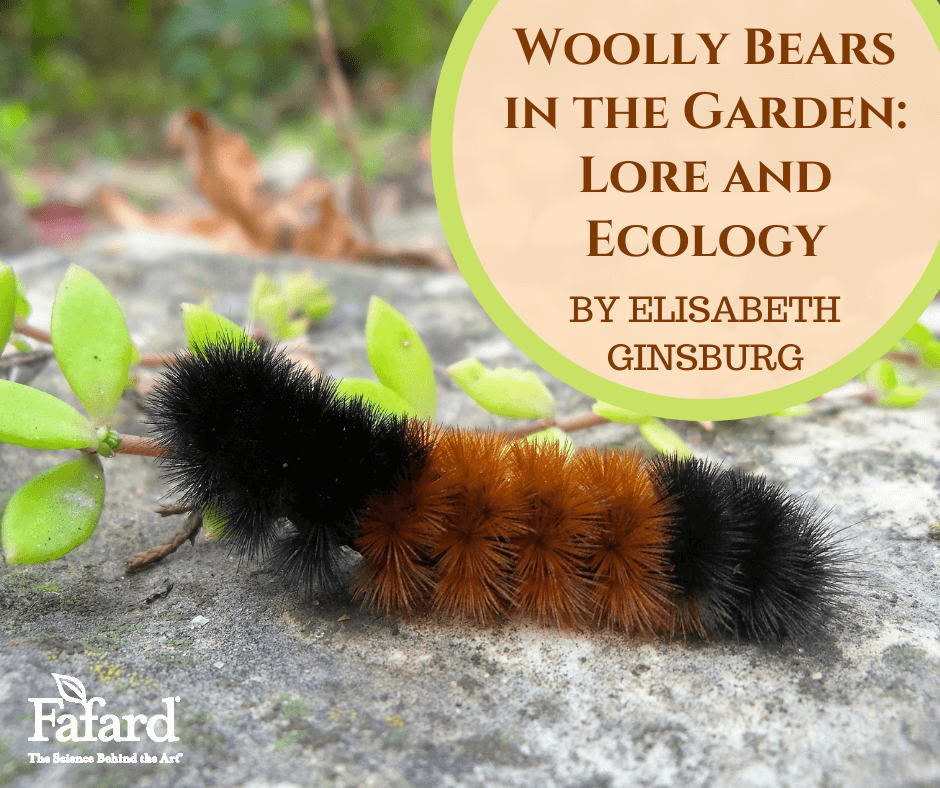
The banded woolly bear caterpillar is only about 1.5 to 2 inches long, but it carries a lot of weight on its small form. Since colonial times, folk wisdom has claimed that even before the caterpillar is old enough to metamorphose into a tiger moth, it has the power to predict winter weather. That is a big responsibility. The gentle caterpillars are also loved by kids and make great teaching tools to explain insect hibernation, insect life cycles, and regional folklore.
It’s All in the Woolly Bear Wool
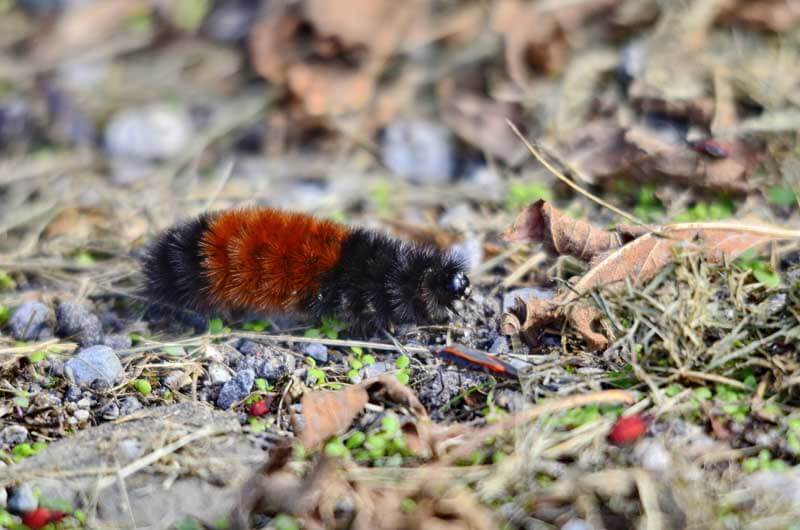
Woolly bear caterpillars, also known as woolly worms, are the larval form of the Isabella tiger moth (Pyrrharctia isabella). The source of their alleged superpower is the dense coat of bristly hair that covers the thirteen segments of the caterpillar’s body, which helps them hibernate through winter. This “wool” is most often black at both ends and rusty brown in the middle, and its various bands of color supposedly predict winter severity. For example, a longer brown segment augurs a mild winter; a shorter one means that the area is likely to have a more severe cold spell. (See more below)
Weather prediction aside, the woolly bear has other distinctive traits. Native to the United States, Canada, and northern Mexico, the Isabella tiger moth may produce one to two generations of caterpillars per season, the first in May and the second in August. Woolly bears are most prolific in the fall when the caterpillars are on the move–crossing roads and sidewalks in search of food and winter shelter. If you disturb a woolly bear, it will curl up into a woolly ball and “play dead” until danger is past.
What Do Isabella Tiger Moths Pollinate?
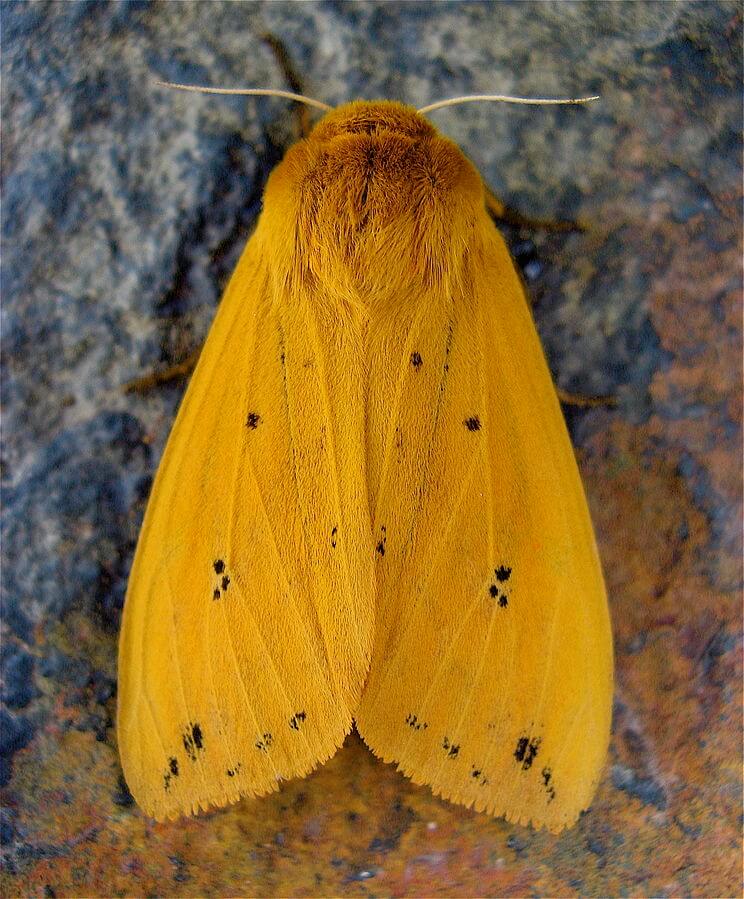
The Isabella tiger moth is not a pollinator. The pretty orange moths don’t eat and survive for only a few days after pupation. The adults emerge in spring, mate, lay eggs on the surface of a food plant, and die. The eggs hatch in June or July, and the little caterpillars feed on the leaves of various plants to become fully mature and hibernation-ready. On occasion, two life cycles can be completed in a single season. (Note: The nocturnal moths are attracted to light, so give them a fighting chance by minimizing outdoor lighting in the garden.)
Tasty Leaves for Woolly Bears

Moths as a group have gotten a bad rap because of the harmful actions of some destructive species, like Gypsy moths. But, the larvae of many, including the Isabella tiger moth, do little damage, feed wildlife, and are cute garden friends. Your garden is probably home to plants with leaves that woolly bears relish, including old-fashioned beauties like sunflowers and asters, not to mention wilder plants like violets, clover, plantain, lambs quarters, and nettles. Though they prefer herbaceous plants, the caterpillars will occasionally snack on the low-tannin leaves of birches, maples, and elms. Unlike the gypsy moths, gentle Isabella tiger moths are not a threat to the survival of any of their host or food plants.
Helping Woolly Bears Overwinter in the Garden

When woolly bears start rambling around in fall, they are looking for the right shelter to help them survive winter. (Humans like a comfy bed and so do woolly bears!) They seek winter shelter under leaves or logs and may also spend the cold months in rock cavities. Keep a corner of your garden a little less tidy in the fall, and you will make it more attractive to woolly bears in search of a quiet, protected spot for their long winter’s nap. Your kids might even help direct them to the best hibernation spot in the yard.
Woolly bears freeze solid in winter. They survive because they have tissues that contain a cryoprotectant, which protects their soft bodies from freezing damage. In spring, the caterpillars thaw with no internal injury.
Do Woolly Bears Predict Winter Weather?
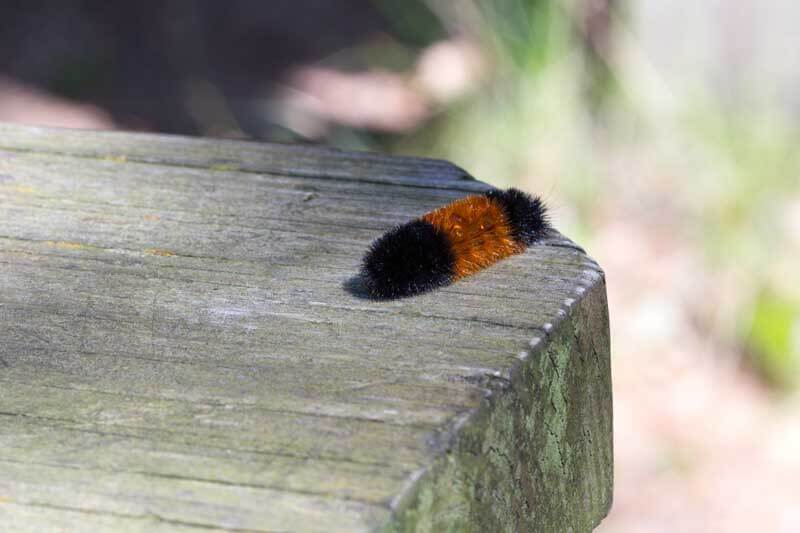
The folklore about woolly bears and winter weather forecasting got a big assist from a mid-century American entomologist, who collected the caterpillars at Bear Mountain State Park, north of New York City, over a nine-year period beginning in 1948. The scientist found that in years when the brown band was longer, winters tended to be milder than normal. Experts point out that while the results were tantalizing, the sample size was small and limited to one area. That fact has done nothing to dampen the woolly bear’s reputation. Other sources suggest that the black segments of the woolly bear’s coat lengthen as the worms age, making older caterpillars more likely to “predict” harsh winters.
Six Ways to Read a Woolly Bear

The caterpillars have 13 body segments said to correspond to the 13 weeks of winter in some parts of the country. Here are six ways to read them.
- Broad Rusty Band = milder winter
- Large Black Band = more severe winter
- Fuller Wool= more severe winter
- Long Black Head and Tail = severe winter at the beginning and end
- All Brown =very mild winter
- All Black = very severe winter
And, if you have woolly bears with lots of different color variants, it’s anyone’s guess. Whatever the truth, the presence of these distinctive insects in your garden is a good indicator that you have a healthy garden ecosystem. If you have them, help nurture their yearly return.

